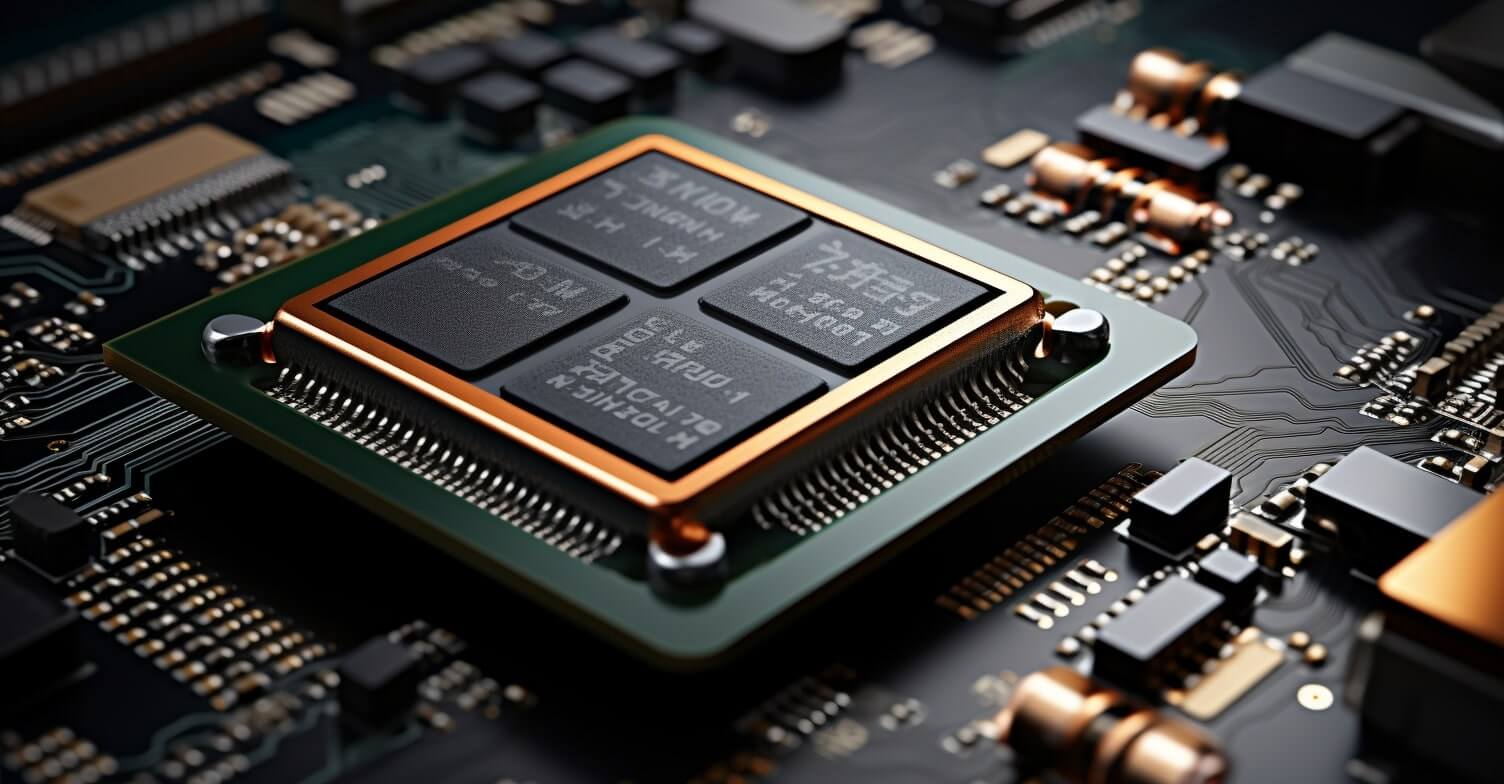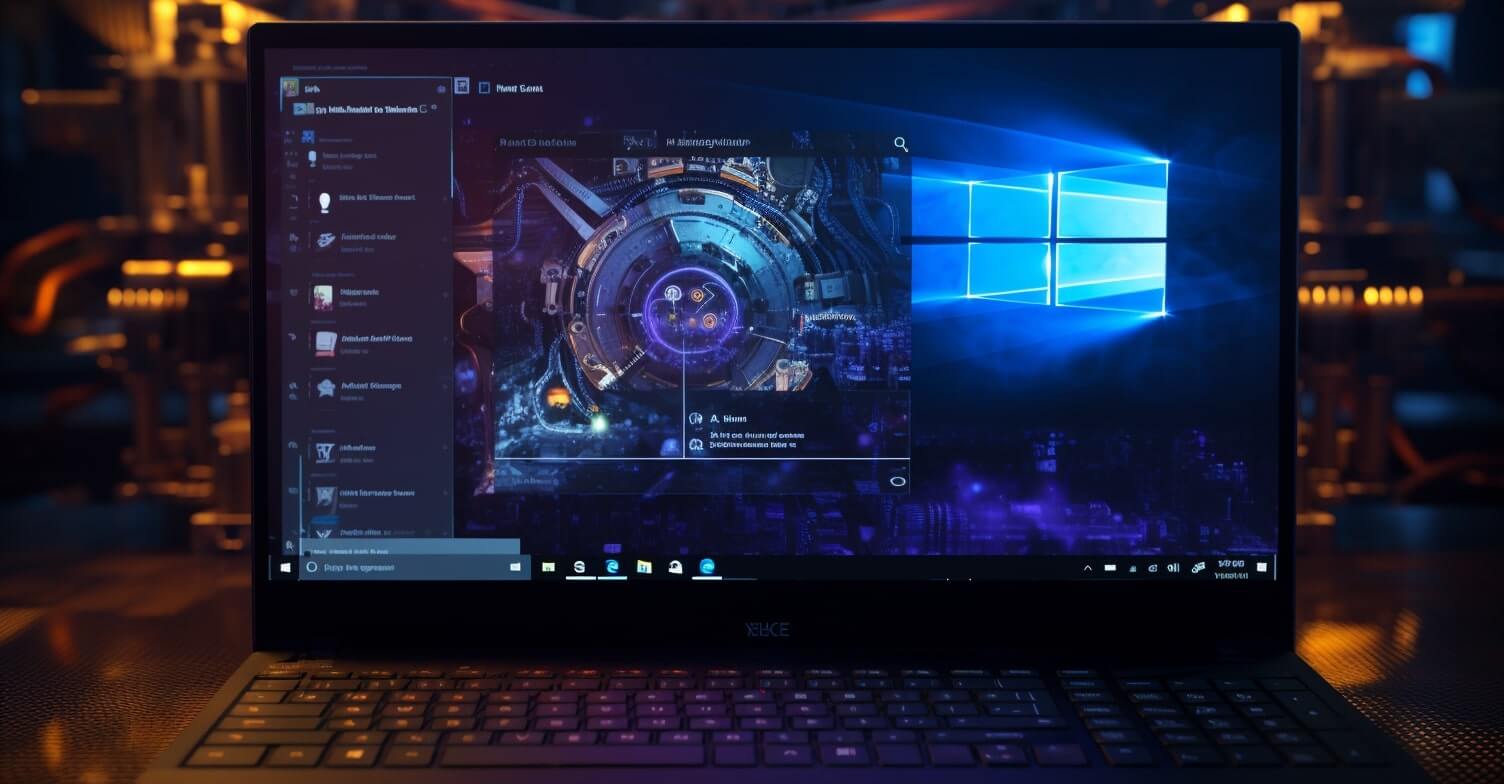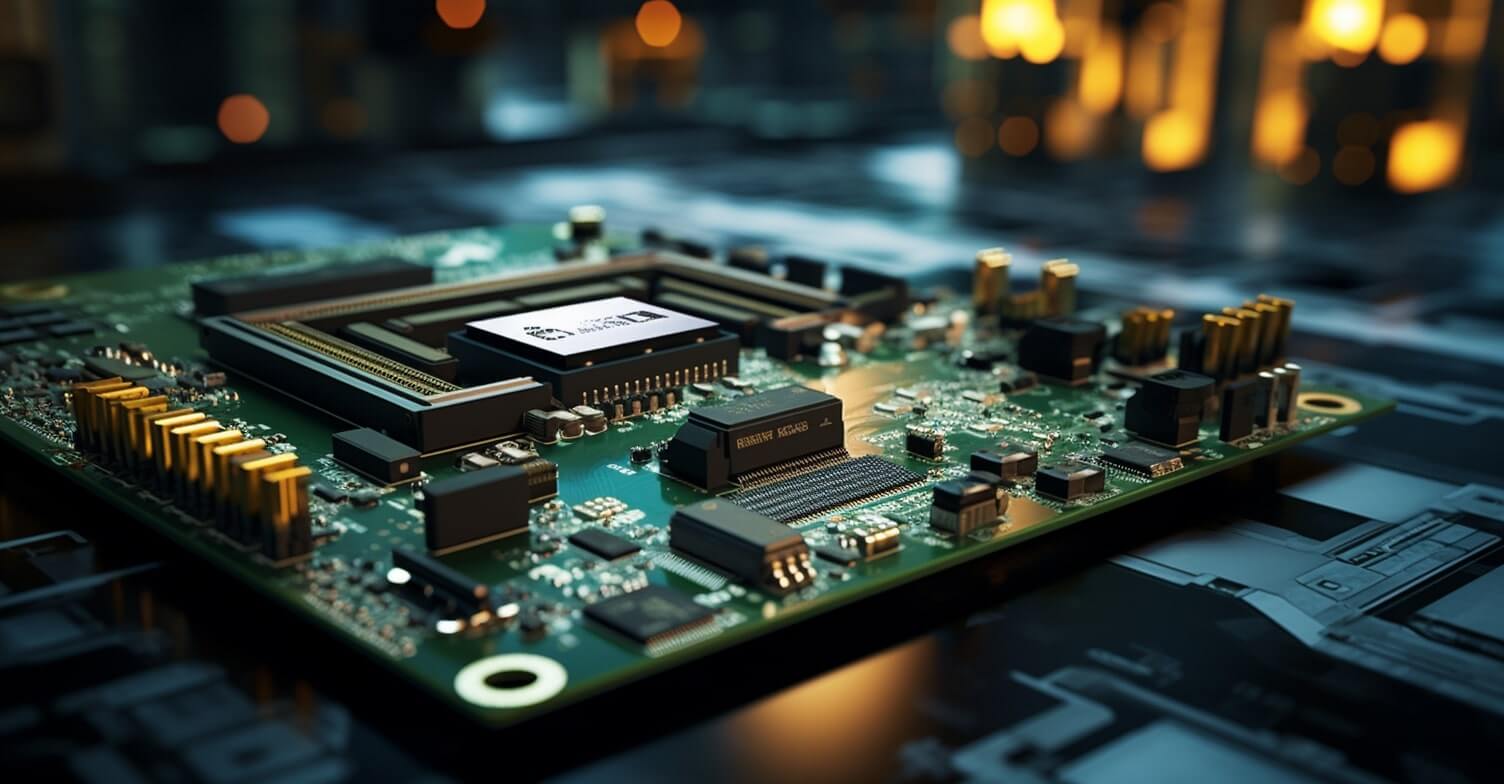Table of Contents
- Understanding Basic Computer Specifications
- How to Check Computer Specs on Windows 10
- Mastering System Insights with PowerShell and Command Prompt[+]
- Decoding the Mysteries of BIOS/UEFI[+]
- Upgrading Your Computer: When and Why[+]
- Frequently Asked Questions[+]
- 1. What are computer specs?
- 2. Why is it important to check computer specs?
- 3. How can I check my computer specs on Windows?
- 4. How can I check my computer specs on macOS?
- 5. How can I check my computer specs on Linux?
- 6. Are there software tools to check computer specs?
- 7. What do I do if I want to upgrade my computer based on specs?
- 8. Can I check computer specs on a mobile device?
- 9. How often should I check my computer specs?
- 10. Are there online tools to check computer specs remotely?
In today’s fast-paced digital world, understanding the specifications of your computer is not just a technical necessity; it’s a power move. Knowing your computer’s specs, such as the processor, RAM, and storage capacity, can be crucial for everything from software compatibility to performance optimization. Whether you’re a gamer, a professional, or just a casual user, being aware of what’s under your computer’s hood can help you make informed decisions about upgrades, troubleshoot issues more effectively, and ensure your system meets the demands of modern applications.
In this comprehensive guide, titled “How to Check Your Computer Specs: Knowledge is Power,” we’ll walk you through various methods to check and understand your computer’s specifications, helping you to harness the full potential of your device. Let’s dive into the world of computer specs and unlock the power of knowledge!
Understanding Basic Computer Specifications
In the realm of computing, knowledge of your computer’s specifications is akin to knowing the DNA of your device. It’s not just about the make and model; it’s about understanding the heart and soul of your machine. Why is this important? Well, for starters, software compatibility hinges on this very knowledge. Imagine downloading the latest, most talked-about game only to find your system wheezing and stuttering under the load. Frustrating, right?
| Specification | Description |
|---|---|
| Processor | Central processing unit (CPU) |
| RAM | Random Access Memory (RAM) |
| Storage Capacity | Hard drive or solid-state drive (SSD) capacity |
| Graphics Card | GPU (Graphics Processing Unit) |
| Operating System | Installed OS (e.g., Windows 10, macOS) |
| System Type | 32-bit or 64-bit architecture |

But it’s not all doom and gloom. Knowing your specs can be a lifesaver when it comes to upgrades. It’s like knowing exactly what ingredients you need before you start cooking a gourmet meal. You wouldn’t want to end up with a high-end graphics card only to realize your processor is from the Stone Age! For a deeper dive into how your computer’s specs align with software demands, check out this related article on software requirements.
How to Check Computer Specs on Windows 10
Now, let’s get down to brass tacks: How to Check Your Computer Specs on Windows 10. It’s simpler than you might think, and you don’t need to be a tech wizard to figure it out. First, let’s start with the Settings app. It’s like the front desk of your computer, where you can ask for basic information.
- Open Settings: This is your gateway. Just click on the Start menu and hit the gear icon.
- Navigate to System: Here’s where the magic happens. Click on ‘System’, and then ‘About’.
- Voilà! Your Specs: You’ll see a neat summary of your device’s specifications, including the processor, RAM, and system type.
But what if you’re craving more? More details, more numbers, more techy stuff? That’s where the System Information app comes in. It’s like the hidden back room of a library, filled with all the details you could ever want.
- Open System Information: Just type ‘msinfo32’ in the search bar and press Enter.
- A Treasure Trove of Info: Here, you’ll find everything from your system model to BIOS version, all laid out for your perusal.
| Steps | Description |
|---|---|
| Open Settings | Click Start, then the gear icon. |
| Navigate to System | Click on ‘System’ and then ‘About’. |
| View Specs | Find a summary of your computer’s specs. |
| Use System Information | Type ‘msinfo32’ in the search bar and press Enter. |
| More Detailed Info | Access detailed hardware information. |

For a step-by-step visual guide on navigating these waters, the Windows Central guide is your trusty map. It’s detailed, easy to follow, and perfect for both beginners and seasoned tech enthusiasts.
Mastering System Insights with PowerShell and Command Prompt
For the tech-savvy and those who love a good command-line interface, PowerShell and Command Prompt are like the Swiss Army knives of system information tools. They offer a more granular view of your computer’s specs, perfect for those who need detailed data.
Harnessing PowerShell for In-Depth Info
- Opening PowerShell: Right-click on the Start menu and select ‘Windows PowerShell (Admin)’.
- The Magic Command: Type
Get-ComputerInfoand behold as a comprehensive list of your system’s specs unfurls before you. This command is a one-stop-shop for everything from your OS version to hardware details.
Command Prompt: The Classic Approach
- Accessing Command Prompt: Search for ‘cmd’ in the Start menu and run it as an administrator.
- The System Info Command: Enter
systeminfoand press Enter. This command provides a detailed summary of your system, including memory, processor, and even your Windows installation date.
| Tool | Description |
|---|---|
| PowerShell | Open PowerShell as admin and run ‘Get-ComputerInfo’. |
| Command Prompt | Access Command Prompt, enter ‘systeminfo’. |
For those who want to dive even deeper, the Crucial guide on computer specs is an invaluable resource. It offers insights and tips on how to leverage these tools to their fullest potential, ensuring you get the most accurate and comprehensive information about your system.
Decoding the Mysteries of BIOS/UEFI
When it comes to the heart of your computer’s functionality, BIOS (Basic Input/Output System) and UEFI (Unified Extensible Firmware Interface) are like the unsung heroes. These systems are the first to kick into action when you power up your computer, ensuring everything is in check before the operating system takes over.
The Role of BIOS/UEFI in System Performance
- BIOS/UEFI: The Gatekeepers: Think of them as the gatekeepers of your computer’s functionality. They manage data flow between the operating system and attached devices like the hard disk, video adapter, keyboard, mouse, and printer.
- Performance Impact: While they might not directly speed up your computer, their role in coordinating hardware is crucial for overall system stability and efficiency. A well-configured BIOS/UEFI can make a noticeable difference, especially when it comes to boot times and hardware compatibility.

For a more in-depth discussion on how BIOS and UEFI impact your computer’s performance, dive into this Quora discussion on computer specs. It’s a treasure trove of insights from tech enthusiasts and experts.
Upgrading Your Computer: When and Why
Knowing how to check your computer specs is more than just a party trick; it’s the first step in deciding whether to upgrade your machine. Upgrades can breathe new life into an aging system, but knowing what to upgrade is key.
Identifying Key Components for Upgrade
- Assessing Your Needs: Start by assessing what you use your computer for. Gamers might prioritize a new graphics card, while digital artists could benefit from more RAM.
- Bottleneck Analysis: Identify which component is the bottleneck in your system. Is your processor struggling to keep up? Maybe your hard drive is slowing you down? Pinpointing this can guide your upgrade path.
- Cost vs. Benefit: Always weigh the cost of upgrades against the benefits. Sometimes, a simple upgrade like adding more RAM can significantly boost performance without breaking the bank.
For a comprehensive guide on upgrading your computer components based on your current specs, check out this Guide to upgrading computer components. It’s packed with practical advice and tips to get the most out of your upgrades.
In conclusion, understanding and interpreting BIOS/UEFI information, along with identifying key components for an upgrade, are critical steps in harnessing the full potential of your computer. Whether you’re looking to improve performance, increase efficiency, or just keep your system up-to-date, these insights are invaluable. Remember, in the digital world, knowledge truly is power, and knowing how to check and understand your computer specs is the first step in wielding that power effectively.
Frequently Asked Questions
1. What are computer specs?
Computer specs, short for specifications, refer to the technical details and hardware components of your computer. These include the processor, RAM, storage, graphics card, and more.
2. Why is it important to check computer specs?
Checking computer specs is crucial for various reasons:
- Compatibility: Ensures software and games run smoothly.
- Upgrades: Helps identify components that need improvement.
- Tech Support: Provides vital information when seeking help.
3. How can I check my computer specs on Windows?
- Press
Windows + Pause/Breakor right-click on “This PC” and select “Properties.” - Find detailed specs under “Device specifications.”
4. How can I check my computer specs on macOS?
- Click the Apple logo, select “About This Mac.”
- View basic specs or click “System Report” for detailed information.
5. How can I check my computer specs on Linux?
Open Terminal and use commands like lshw, lscpu, or lspci for comprehensive hardware information.
6. Are there software tools to check computer specs?
Yes, numerous free tools like CPU-Z, Speccy, and HWiNFO provide detailed hardware information for Windows. macOS and Linux have built-in utilities.
7. What do I do if I want to upgrade my computer based on specs?
- Identify which component needs an upgrade.
- Research compatible replacements.
- Ensure you have the necessary skills or consult a professional.
- Backup data before making changes.
8. Can I check computer specs on a mobile device?
No, mobile devices have different methods for checking specifications, typically found in the device’s settings or through specialized apps.
9. How often should I check my computer specs?
It’s advisable to check your computer specs:
- Before installing new software or games.
- When considering hardware upgrades.
- Periodically to monitor system health.
10. Are there online tools to check computer specs remotely?
Yes, some websites can remotely detect and display basic computer specs, but they may not provide as detailed information as local methods.


